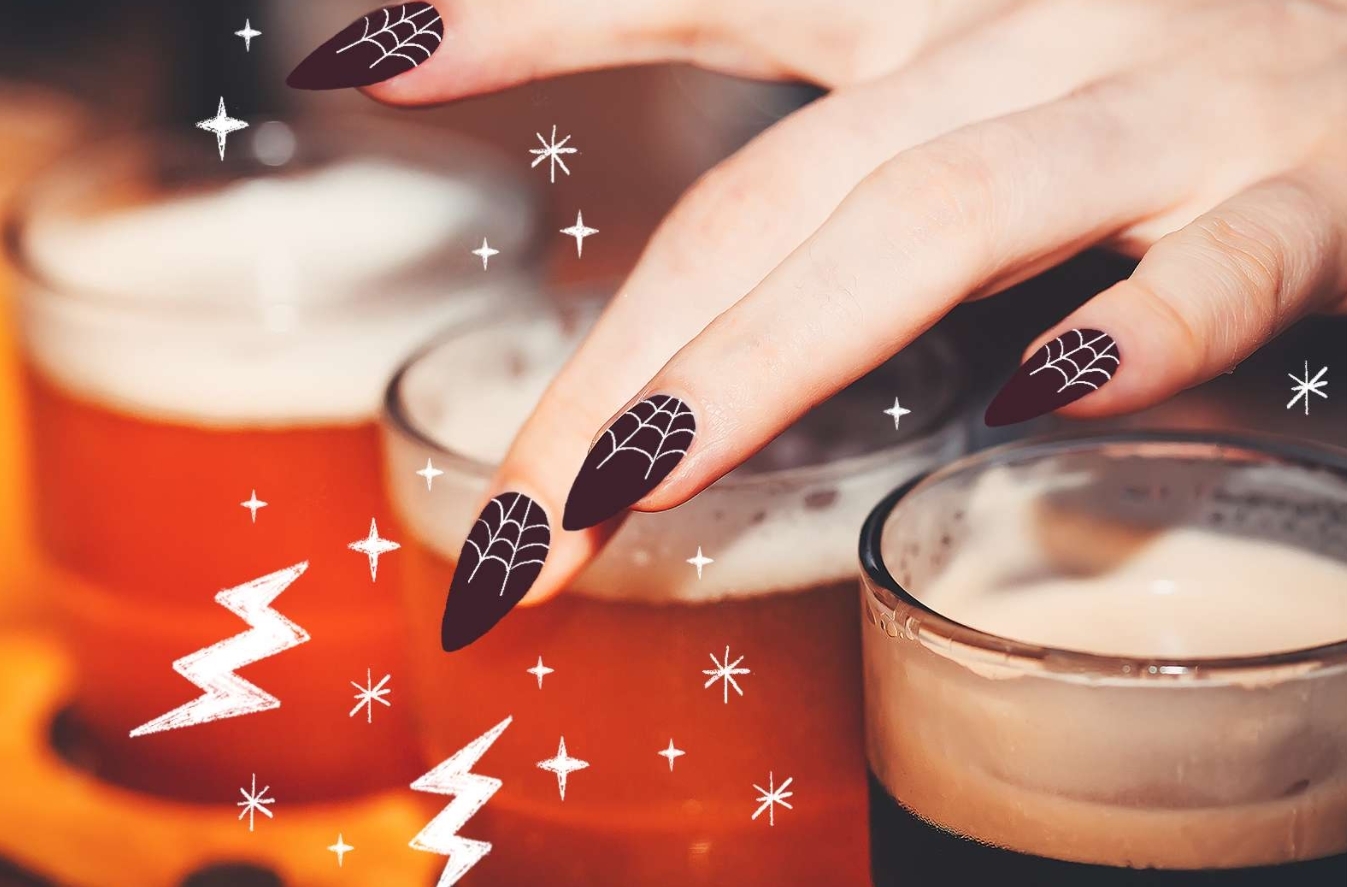Meet the 'Witches' Who Pioneered Brewing Beer [View all]
https://www.thrillist.com/drink/nation/why-the-first-female-brewers-look-a-lot-like-witches

Beer is one of the most powerful elixirs around so it should come as no surprise that its origins are mysterious -- and involve a little “magic.” Some of the earliest brewers of the stuff have ties to witchcraft, and spooky symbols like tall pointed hats, cauldrons, broomsticks, and black cats actually have more in common with the brewing world than the underworld. It being Halloween, we partnered with
Sierra Nevada’s Hazy Little Thing IPA to tell the whole story, both simplified (and silly) in the video below and the more complex version that follows.
(video at the top link)
Brewing beer as a household chore (and a lucrative one)
Historically, brewing ale was just another item on the long list of household duties women were responsible for; a tradition that goes all the way back
to the Vikings. Fermented drinks like ale, mead, and wine, were typically safer to drink than water at the time, so stocking the stores with the stuff was essential. During Viking times, only women were allowed to keep and pass down these recipes, so female brewers took on something of a mystical allure. In fact, those who mastered brewing were usually known as shamans or priestesses, and they would sometimes tell fortunes -- especially when they had a little too much of their own supply. Fast forward to medieval Europe, where those female brewers became known as brewsters or alewives. These women found they could make a little extra cash if they took their extra product to local markets. Doing this was pretty popular, too,
as noted in the book Ale, Beer, and Brewsters in England: Women's Work in a Changing World, 1300-1600. The author explains that in English villages like Brigstock and Yorkshire, nearly one-third of the female population brewed beer. “In short, almost every other household in the countryside brewed beer for profit,” she writes.
The alewife uniform looks eerily familiar…
With so many people offering relatively similar products at small-town markets, alewives and brewsters had to get creative to stand out. This is when certain “witchy” elements start to make their appearance. First, there’s the large, pointed hats worn to catch people’s eye and let them know you had a little extra homebrew. (
One popular image of a historic alewife shows such a hat.) It wasn’t just hats, though: the large vats used for brewing were called cauldrons at the time. Broomsticks, AKA “
ale stakes” were usually stuck in the ground outside homes that had extra beer for sale, too. Some would also hang
six-pointed stars, which were said to represent the key components of brewing. And, of course, keeping a cat around to deter mice from getting into your grain stores was incredibly common. These symbols weren’t just in Europe, either: In Peru, female brewers would attach red, dried bouquets to broomstick handles to signal they had beer for sale.
Hops makes the situation murkier
So, if all these symbols actually came from female brewers, why are they associated with cackling witches today? To get to that answer, you first have to look at what these female brewers were, well, brewing. Technically, they were making ale with just three simple ingredients: water, malt, and yeast. That yielded a sweeter, more sessionable, and slightly unstable brew. By the early 1500s, brewers in one tiny English town added
a key ingredient: hops. This addition makes the ale into beer, and it’s similar to what we know today: more bitter, higher alcohol content -- and thus, it stays fresher, longer. Hops was pricier than other ingredients, and harder to come by, so beer quickly became a more commercial product, and one dominated by men, rather than women.
snip
